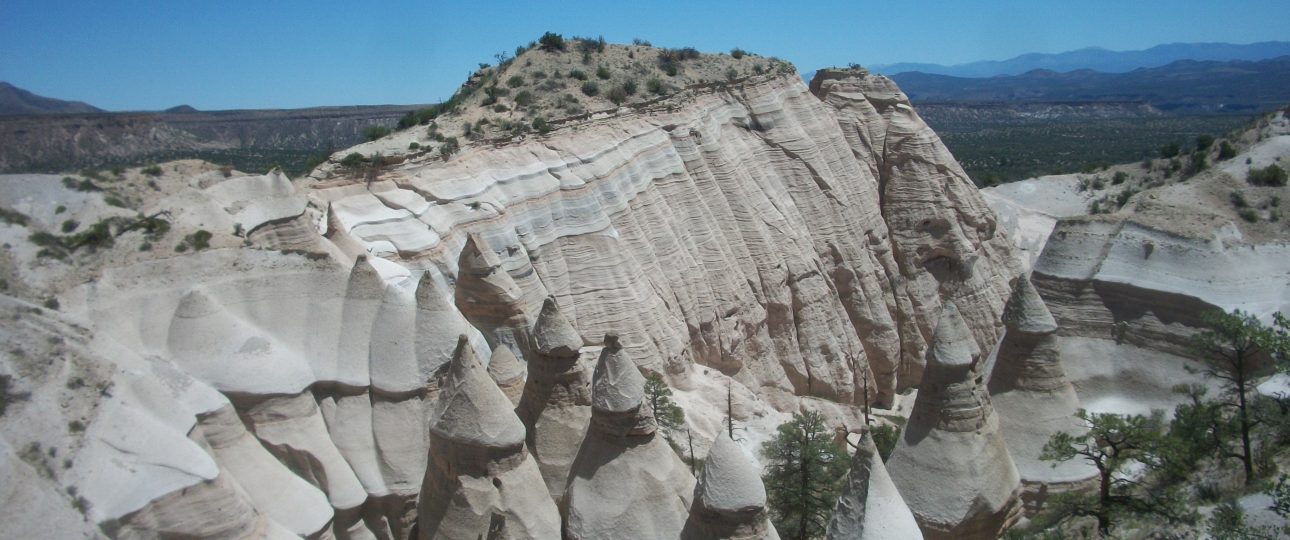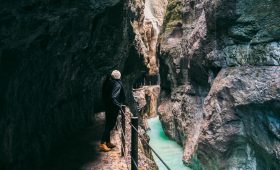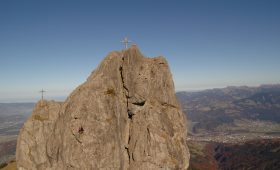About Kasha-Katuwe Tent Rocks
Kasha-Katuwe Tent Rocks National Monument in New Mexico is a fascinating geological site. Located on the Pajarito Plateau, it offers a unique opportunity to observe the natural processes that have shaped its landscape over millions of years. The monument is known for its distinctive cone-shaped rock formations, which are the result of volcanic eruptions that occurred 6 to 7 million years ago.
Why Visit Kasha-Katuwe Tent Rocks?
The tent rock formations at Kasha-Katuwe are a striking example of nature’s artistry. These formations, some towering up to 90 feet, were created by volcanic eruptions that left behind layers of pumice, ash, and tuff. Over time, erosion sculpted these layers into the unique shapes we see today. The formations are topped with boulder caps that protect the softer rock beneath, adding to their dramatic appearance.
My Personal Experience
Exploring Kasha-Katuwe Tent Rocks was an unforgettable experience. Walking through the narrow slot canyons and standing beneath the towering formations gave me a profound appreciation for the forces of nature. The tranquility of the area provided a welcome escape from daily life, allowing me to fully immerse myself in the beauty of the landscape.
Best Time to Visit
For the most comfortable experience, visit during spring (April to May) or fall (September to October). These seasons offer mild temperatures ideal for hiking and exploring. Summer can be intensely hot, so plan accordingly if you decide to visit during this time.
How to Get There
Kasha-Katuwe Tent Rocks is about 40 miles southwest of Santa Fe, New Mexico. The nearest major airport is Albuquerque International Sunport. From Albuquerque, the drive to the monument takes approximately 1.5 to 2 hours. Renting a car is the most convenient option, as there is no public transportation to the site.
Local Transportation
Once at the monument, be prepared to explore on foot. The main trail, the Slot Canyon Trail, is a 1.5-mile hike that takes you through the heart of the formations. Wear sturdy hiking shoes and bring plenty of water, as the trail can be steep and challenging in parts. Note that dogs are not allowed in the monument.
Important Information
- Visitation is by reservation only through Recreation.gov. Plan ahead as tickets are limited.
- The monument’s elevation ranges from 5,570 to 6,760 feet above sea level.
- Activities include hiking, birdwatching, and geologic observation.
- Ensure you have reservations before visiting, as walk-ins are not permitted.




